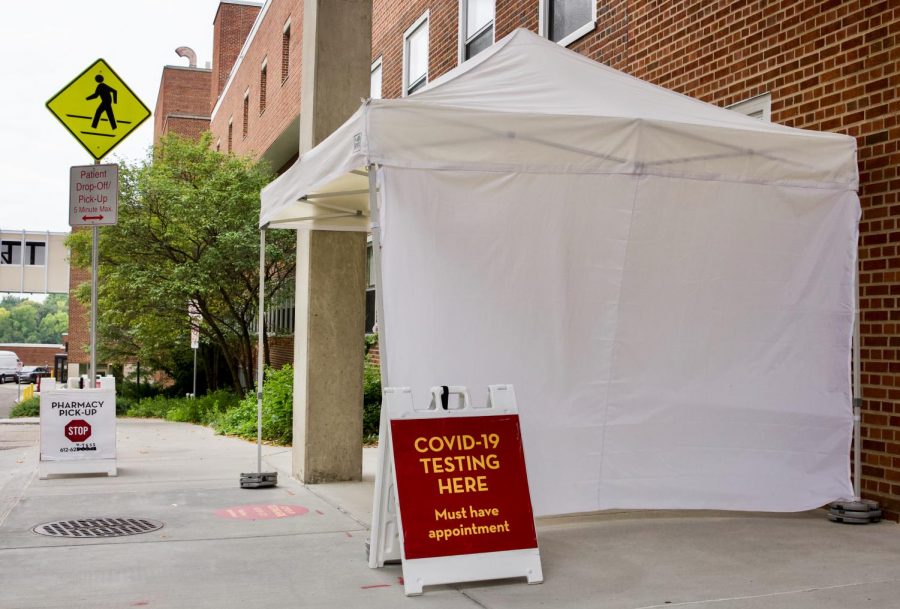Driving is getting safer in Minnesota, but state officials don’t know exactly why.
As the state’s population has risen over the last decade, the number of crashes has decreased, dropping by about 13,000 in the past 10 years, according to a Department of Public Safety report.
Department of Transportation Traffic Safety Engineer Brad Estochen said there was no definite reason for the improvement other than better decision-making by drivers.
“We don’t have a scientific way to prove that,” he said.
And even though the number of crashes increased between 2013 and 2014, the number of persons injured decreased, because of increasing seatbelt usage, the report said.
Alcohol-related crashes have decreased in Minnesota over the last 50 years. In the 1960s, the majority of crashes were related to alcohol. Today, that number has decreased to about one-third.
Pedestrian crashes also decreased in 2014. In the last 10 years, the number of pedestrians killed has decreased from 44 in 2005 to 17 in 2014.
The leading cause in pedestrian crashes was driver failure to yield, followed by driver distraction, the report said.
Location plays a major role in the frequency of crashes, fatal or otherwise. While most crashes take place in urban areas with populations of more than 5,000, the vast majority of fatal crashes take place in rural areas.
In these areas the speed limit can be higher than in urban areas, according to DPS. Nonfatal crashes involving injury or property damage are more common in urban areas with denser populations.
Often, however, nonfatal crashes can go underreported, Estochen said.
When the crash is non-fatal, officers often discount it as a fender bender and don’t report it, he said, because they don’t have to report crashes that result in damage less than $1,000.
“Fatal crashes are very rarely underreported,” Estochen said.
Among those who get into crashes, the leading demographic are young males. Men not only get into more crashes than women but also get
significantly more DWIs for alcohol-related incidents than women historically.
















